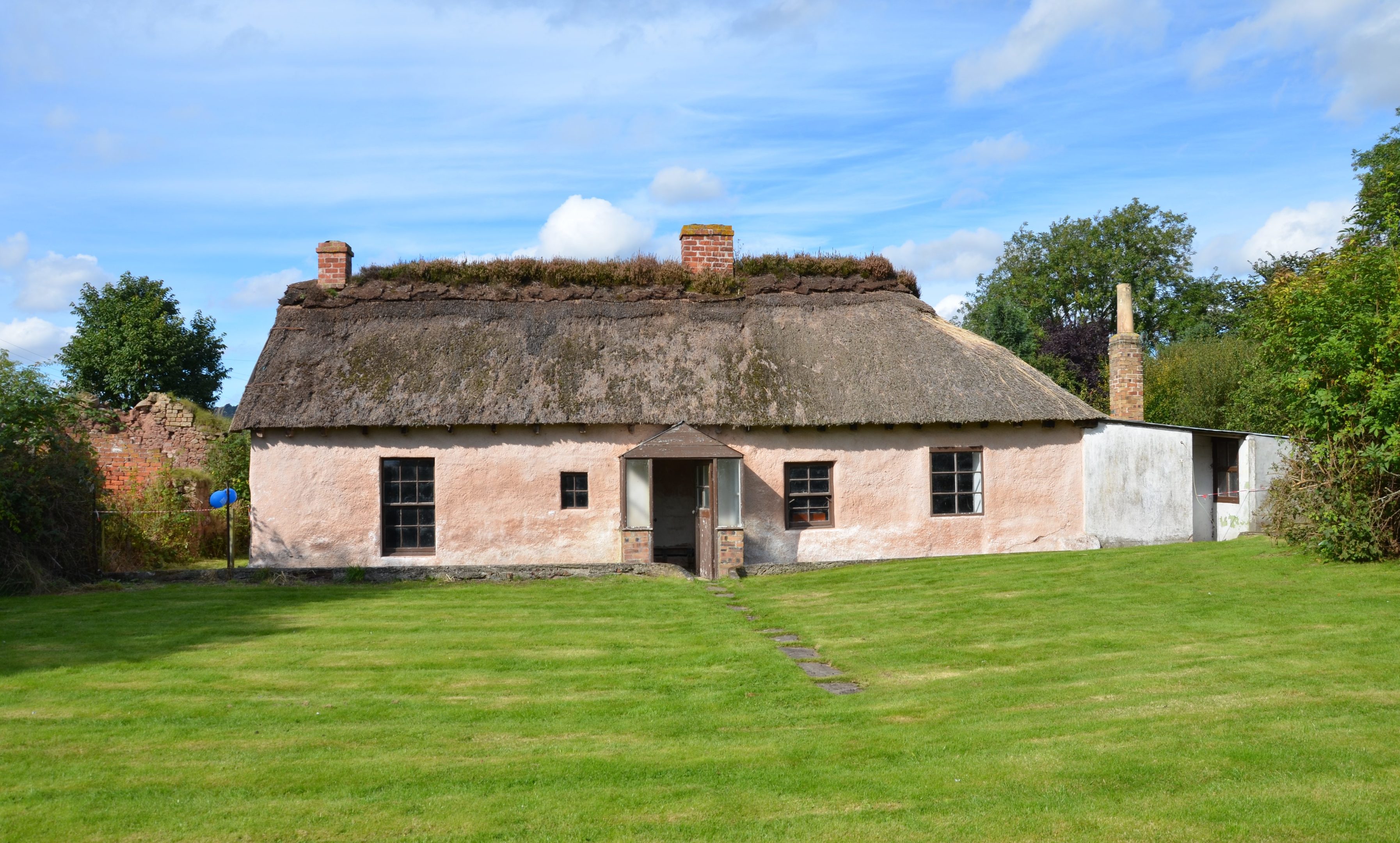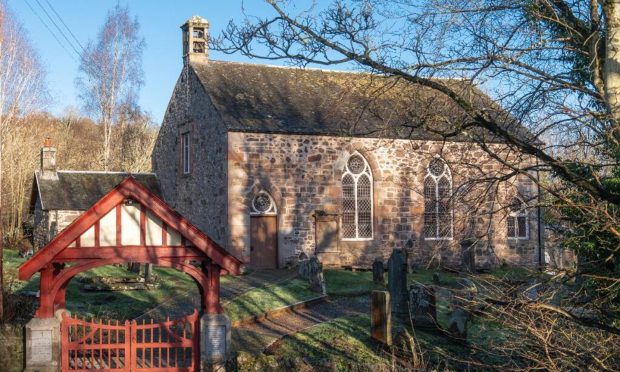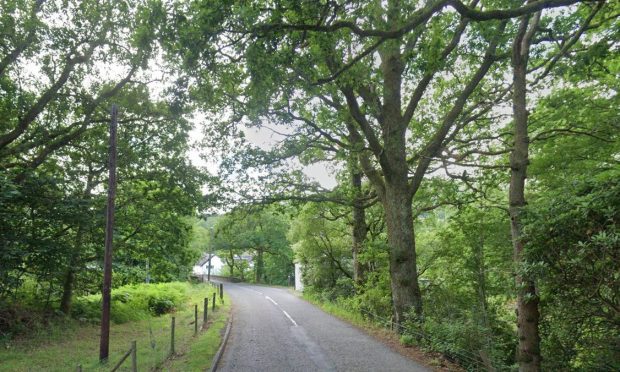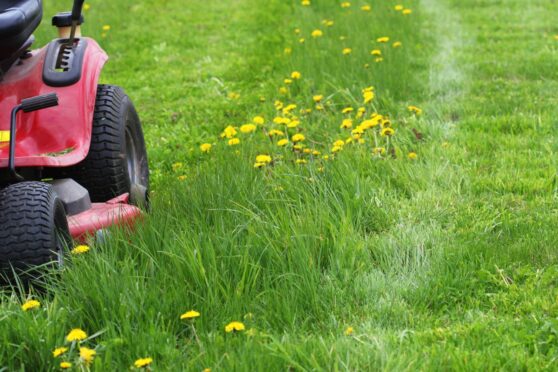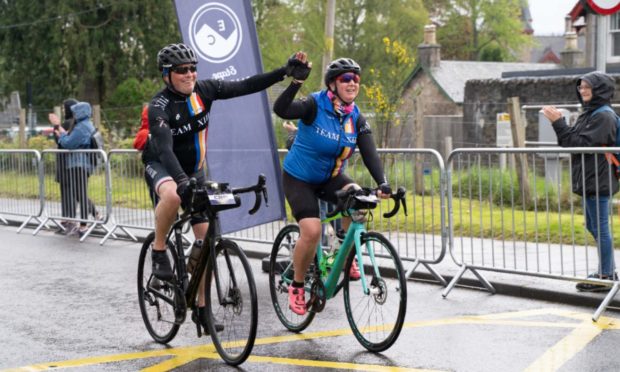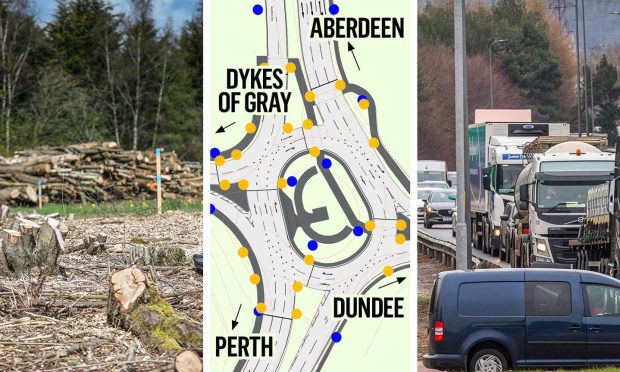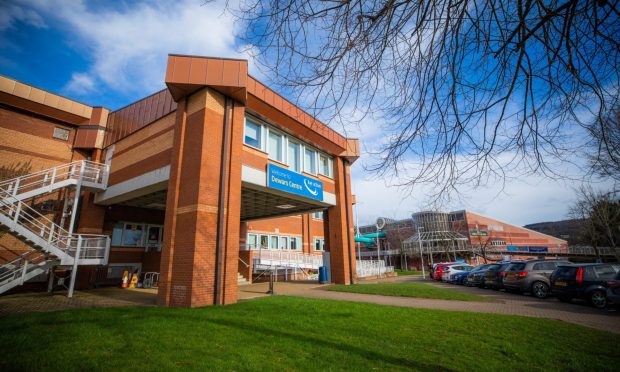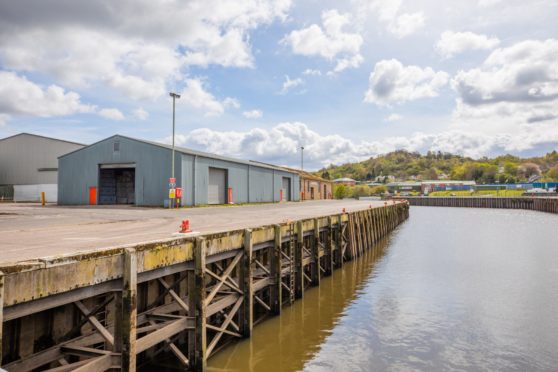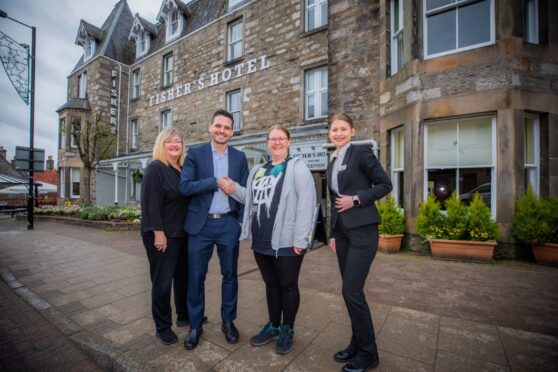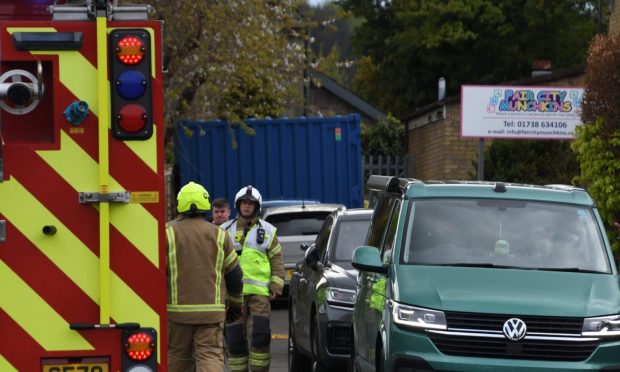The ancient tradition of building with mud is to be revived in the Carse of Gowrie.
Local schoolchildren will be among those to try their hand at reviving the art which was once the prevalent means of building in the area.
Errol play park has been chosen as the location for a new mudwall shelter as the village is home to a number of mudwall buildings.
The tradition of building walls with earth is one that can be found across Britain, wherever suitable clay soil is present.
In Scotland, the three main areas were Dumfrieshire, Angus and the Carse of Gowrie.
From pre-history to the early 19th century, the people of the Carse of Gowrie used local clay soils either as part of, or entirely, for their homes and farm buildings.
The Horn Farmhouse is seen as one prime example of the area’s heritage of vernacular buildings built from clay during the 18th and 19th centuries while another is the Old Schoolhouse at Cottown.
The new shelter will be built by the primary school and local community later this year or early next with Becky Little, local mud mason and Tom Morton of Arc Architects.
“We are really looking forward to building a new earth building in Errol,” said Becky. “The mud heritage is so strong here but the skills have almost been lost. This is our chance to revive the tradition, learn about our past and have a lot of fun too.
“We hope lots of folk will come and join us mixing mud and straw with our feet and shaping it in thick layers to make solid beautiful walls.”
Sophie Nicol, historic environment officer for the Tay Landscape Partnerhsip led by Perth and Kinross Heritage Trust said: “After a successful Clayfest last year in the village, celebrating the amazing vernacular tradition of building with earth, we are really excited to see this building emerge from an idea into reality.
“The community really welcomed the festival and it’s international audience and we hope they will get involved in the creation of a new shelter this year.”
The design and location of the structure has been led by members of the local community and anyone who wants to want to find out more about the project or even make a clay brick for the wall should go to Errol Gala day on Saturday June 25.
